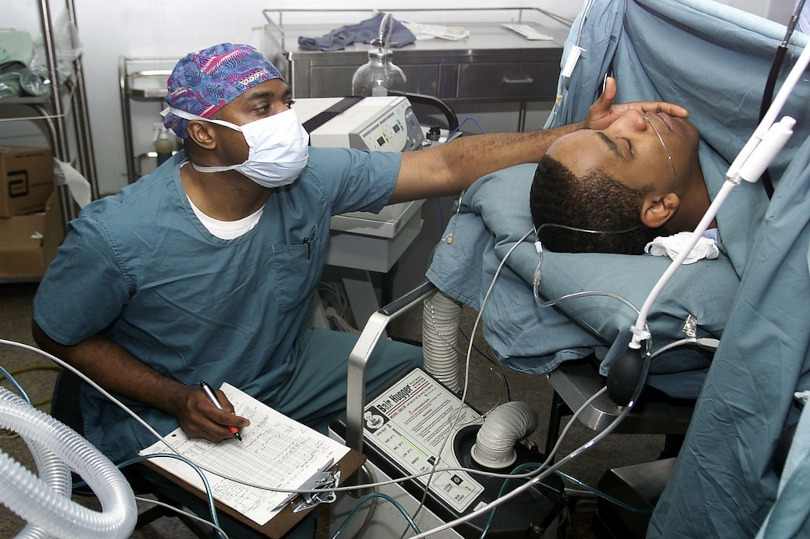It has been widely noted that the ongoing scourge of American health inequity was especially highlighted by the onset of the COVID-19 pandemic. Infections, hospitalizations, and deaths in racial minority communities proliferate at rates completely incomparable to those in white communities. Not only are racial minorities—primarily Black and Latino Americans—more likely to get the virus, but they remain less likely to receive antiviral treatments. The NAACP Legal Defense Fund reports that the gap between the Black population and the percentage of their COVID-19 deaths is larger in the nation’s capital than in any other US state or territory. Though Black people make up less than half (45%) of DC’s population, they account for three-quarters of its COVID-19 deaths.
The Office of Health Equity, a subunit of the DC Department of Health, was established in 2015 to combat health inequity, but the most recent strides made in closing the gap were the work of another. The Greater Washington Community Foundation’s Health Equity Fund pledged $95 million in grants to the city last year to aid in the reduction of health and wealth disparities. Still, the Health Equity Fund is primarily playing the long game, so it might not do much to quickly improve the status of health equity during the pandemic. It targets the greater factors responsible for the disparities, which are almost entirely within the economic realm, and it’s slated to disperse the funds over a four-year period.
While the COVID-19 pandemic woke many Americans up to the realities of health inequity like few things before have, gaps in the quality of health care among races and economic classes were the norm far before the pandemic began. Countless medical journals and news outlets have covered the persistence of health inequity in the United States, particularly the way it has uniquely terrorized Black Americans. Black Americans continue to get sick and receive poorer quality clinical care at disproportionately high rates when compared to Americans of other racial identifications—particularly white Americans. It is a sad but consistently true fact that racial minorities in America have a harder time receiving quality medical care than they should.
Historically speaking, American healthcare seems mostly set in its ways when it comes to its perpetuation of racial discrimination, much like the housing and job markets, education, law enforcement, and a host of other institutions. Proponents of the concept–but not the practice–of racial capitalism would suggest that any free market industry with enough money running through it is likely to benefit and to continue benefiting from racial hierarchies, and money is certainly no object to many of America’s health care systems. Even some Americans who unequivocally support capitalist economics acknowledge that something must be done about the systemic inequity in the medical field.
So, what is there to be done? Government agencies like the Centers for Disease Control and Prevention (CDC) and the National Institutes of Health (NIH), and non-governmental organizations like the American Hospital Association (AHA) and the previously mentioned Commonwealth Fund have dedicated millions of dollars, organized conferences, and raised awareness for the express purpose of nipping health inequity in the bud. Still, its reign persists, and many Americans hardly acknowledge it until it affects them or a loved one personally, or until something as dire as a global pandemic reconfigures their daily lives. It poses a threat that is always either slithering underneath the surface or leaping to strike when least expected. It’s up to those most aware of the issue to keep the disadvantaged from getting bitten most often.


